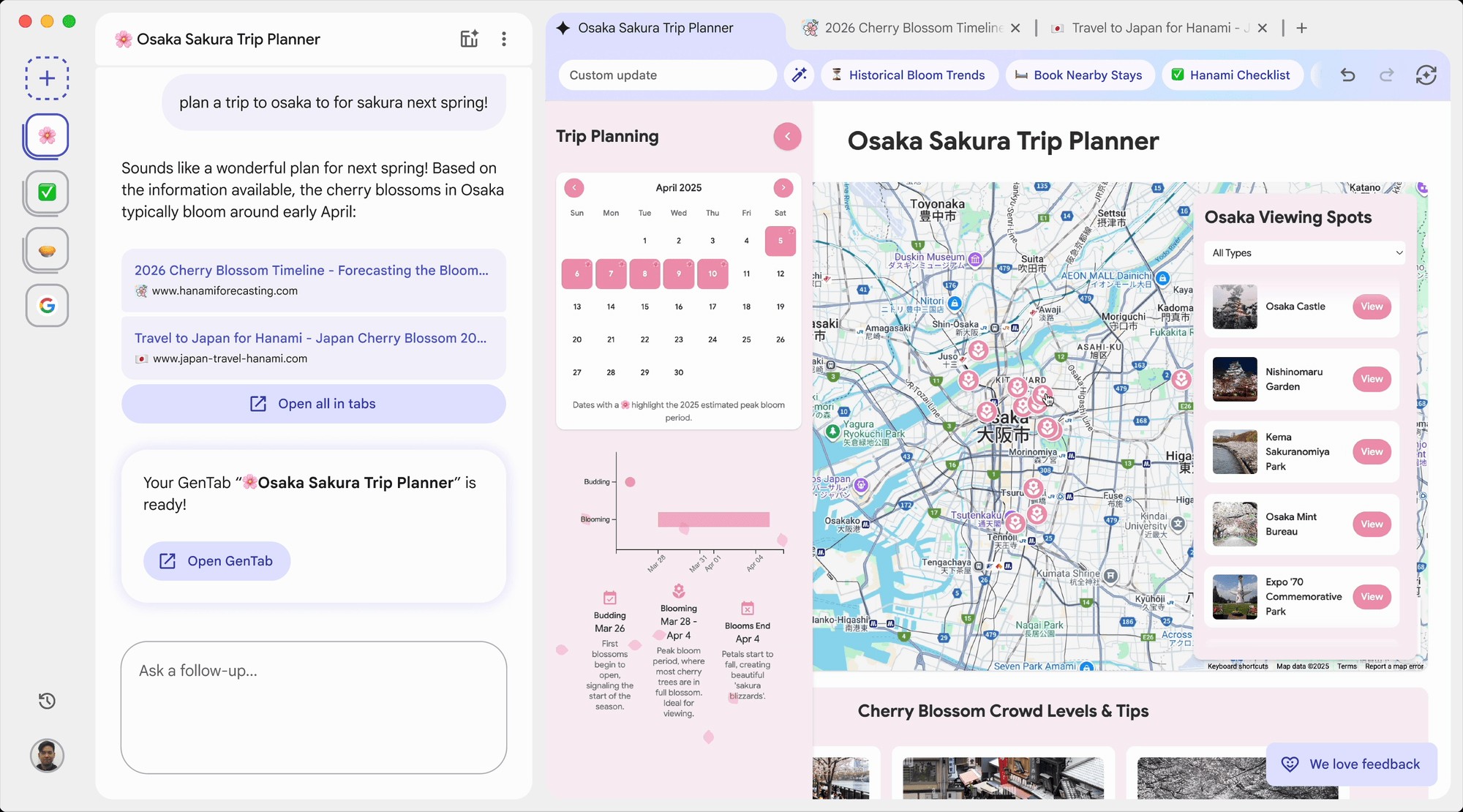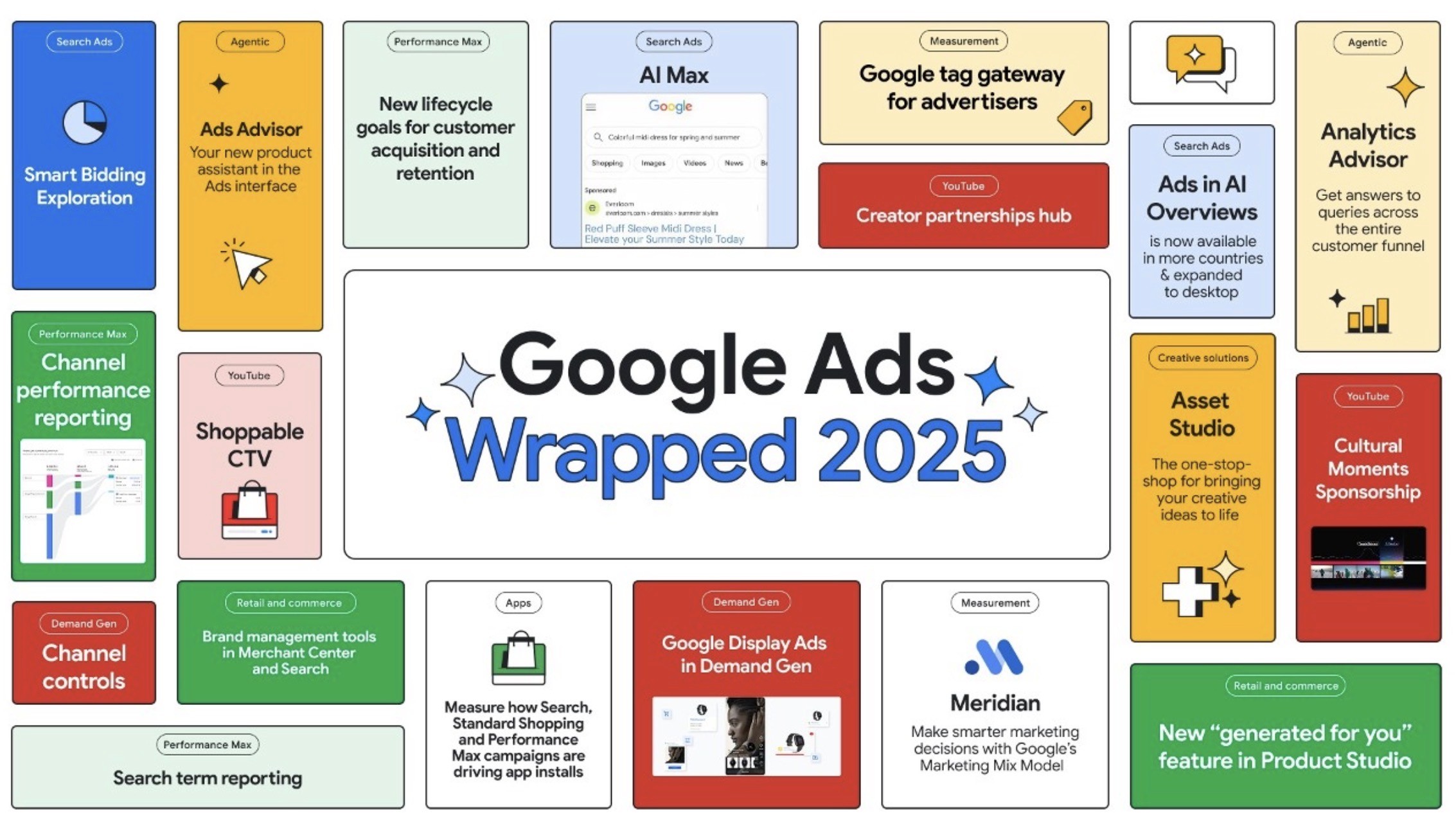Monday, October 9, 2023 / Clicky News
How to get the most out of product descriptions
How to get the most out of product descriptions




Kumari Tilakawardane
Kumari Tilakawardane
Content & DPR Specialist
Content & DPR Specialist
They might not be the most exciting part of marketing, but product descriptions are the cornerstone of any e-commerce website. They give you a chance to describe the benefits of your products or services, and are essential for helping users find what they’re looking for.
However, not all product descriptions are created equal. With competition for users’ attention more fierce than ever, it’s not enough to just describe your product and list its basic features.
The humble product description (typically somewhere between 50 and 100 words) is another on-page opportunity to flex your brand’s voice, push your USPs and persuade readers to become converted customers.
Why are product descriptions important?
A good product description does what it says on the tin - it describes your product and informs readers about what you’re offering, what it does and why they should buy it. It’s simple - if your customers can clearly see how something will benefit their lives, they’re more likely to purchase it.
Product descriptions can also help strengthen and amplify your brand voice. Show who you are through your copy and appeal directly to your target audience by using language tailored to them. It’s a chance to showcase what you’re about, reinforce those brand guidelines, get ahead of your competition and generally shout about why your brand is so great.
Plus, a bad product description could actually cost you customers. A Nielsen Norman Group study found that a fifth of unsuccessful transactions are down to poor-quality product descriptions.
What makes a good product description?
A good product description will do more than just describe the product. It will speak directly to your target consumer, convince them of the benefits and act as a trust signal to persuade them to purchase.
A product description that’s written with SEO in mind will also attract new users with targeted keywords. Of course, the description still needs to be written well (snappy, engaging, relevant) to convert those users into potential buyers.
How to write compelling product descriptions
Understand your target market
Without understanding who your audience is, it’s impossible to effectively target them. Your audience research and personas will help you understand your target demographic’s motivations, wants and needs. Look at their other interests, the sort of language they use and other sites they’re likely to browse.
Write for your audience
Bottom line, you’re trying to sell your product. But to do that you need to actually appeal to the right customer. So, think about your customers’ pain points - what problems do they need solving? Use direct language like “you” and “your”, and think about how you’d sell this product to your ideal buyer in person.
Use the right words
Use relevant keywords in your product descriptions to attract new users through search, and also make sure both readers and search engines know which topic you’re talking about. Using semantically related keywords and linking to other entities (e.g. as per Google’s Knowledge Graph) will help you understand what else users might be interested in and help boost your pages’ performance in relevant SERPs.
Appeal to the senses
Using sensory description (how your product feels/tastes/smells/looks etc.) and telling a vivid story with your description will help your customer imagine their life with your product. Don’t go too fluffy or clog up the word count with unnecessary filler, but try to use really relevant, punchy descriptors to sell the experience of your product.
Think about layout
No one’s going to read an essay when they’re just trying to shop. So, make it scannable and easy to read - bullet points, paragraphs, headings. Social proof like testimonials or review scores not only brings a product to life and breaks up paragraphs, but adds a valuable trust signal element.
They might not be the most exciting part of marketing, but product descriptions are the cornerstone of any e-commerce website. They give you a chance to describe the benefits of your products or services, and are essential for helping users find what they’re looking for.
However, not all product descriptions are created equal. With competition for users’ attention more fierce than ever, it’s not enough to just describe your product and list its basic features.
The humble product description (typically somewhere between 50 and 100 words) is another on-page opportunity to flex your brand’s voice, push your USPs and persuade readers to become converted customers.
Why are product descriptions important?
A good product description does what it says on the tin - it describes your product and informs readers about what you’re offering, what it does and why they should buy it. It’s simple - if your customers can clearly see how something will benefit their lives, they’re more likely to purchase it.
Product descriptions can also help strengthen and amplify your brand voice. Show who you are through your copy and appeal directly to your target audience by using language tailored to them. It’s a chance to showcase what you’re about, reinforce those brand guidelines, get ahead of your competition and generally shout about why your brand is so great.
Plus, a bad product description could actually cost you customers. A Nielsen Norman Group study found that a fifth of unsuccessful transactions are down to poor-quality product descriptions.
What makes a good product description?
A good product description will do more than just describe the product. It will speak directly to your target consumer, convince them of the benefits and act as a trust signal to persuade them to purchase.
A product description that’s written with SEO in mind will also attract new users with targeted keywords. Of course, the description still needs to be written well (snappy, engaging, relevant) to convert those users into potential buyers.
How to write compelling product descriptions
Understand your target market
Without understanding who your audience is, it’s impossible to effectively target them. Your audience research and personas will help you understand your target demographic’s motivations, wants and needs. Look at their other interests, the sort of language they use and other sites they’re likely to browse.
Write for your audience
Bottom line, you’re trying to sell your product. But to do that you need to actually appeal to the right customer. So, think about your customers’ pain points - what problems do they need solving? Use direct language like “you” and “your”, and think about how you’d sell this product to your ideal buyer in person.
Use the right words
Use relevant keywords in your product descriptions to attract new users through search, and also make sure both readers and search engines know which topic you’re talking about. Using semantically related keywords and linking to other entities (e.g. as per Google’s Knowledge Graph) will help you understand what else users might be interested in and help boost your pages’ performance in relevant SERPs.
Appeal to the senses
Using sensory description (how your product feels/tastes/smells/looks etc.) and telling a vivid story with your description will help your customer imagine their life with your product. Don’t go too fluffy or clog up the word count with unnecessary filler, but try to use really relevant, punchy descriptors to sell the experience of your product.
Think about layout
No one’s going to read an essay when they’re just trying to shop. So, make it scannable and easy to read - bullet points, paragraphs, headings. Social proof like testimonials or review scores not only brings a product to life and breaks up paragraphs, but adds a valuable trust signal element.
more BLogs
more BLogs





